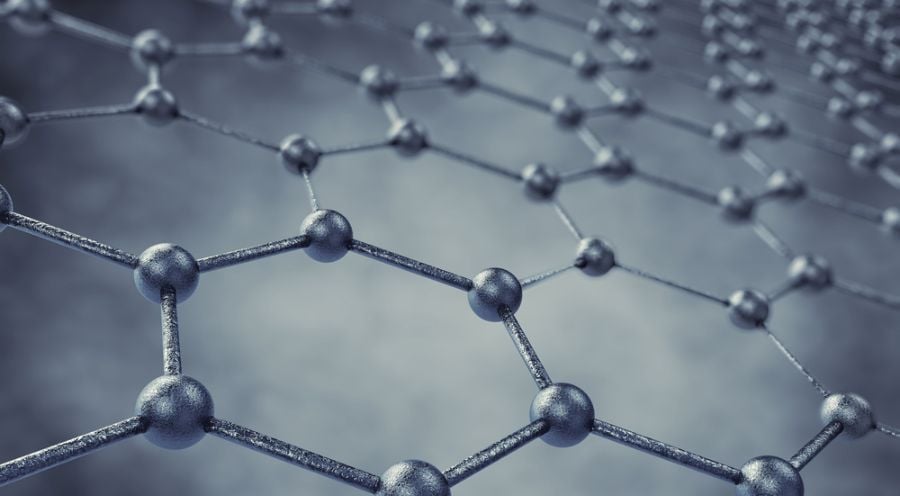
The new layer of graphene is made of a polymer named parylene so that it can flex and bend and maintain its electrical conductivity.
Graphene is a form of carbon and known as the thinnest and strongest material that exists in the world. Graphene has a lot of promising applications such as anti-corrosion coatings and paints, faster and efficient electronics, efficient and precise sensors, efficient solar panels, flexible displays, drug delivery, faster DNA sequencing, and more. Graphene can be a versatile material, however, it is difficult to produce in large amounts. Now, the research team from the Massachusetts Institute of Technology (MIT) has found a new, promising method to produce large sheets of graphene, depositing it onto a substrate that can easily be peeled off.
This new technique may allow for transparent graphene electrodes on solar cells. Previously, the researchers from MIT had found a strange pattern that appeared in twisted graphene structures, and recently, they examined it more thoroughly. The researchers found that twisted graphene structure works better with more layers. The material is remarkably strong. It conducts electricity better than most metals. Moreover, engineers from the European Space Agency (ESA) plans to build light-weight, more efficient solar sails using graphene.
ESA aims to create solar sails that can inspire unmanned missions, using one-atom-thick graphene sheets. Currently, graphene manufacturers’ use a process named chemical vapor deposition (CVD). Now, the researchers have found a new and promising technique to keep the graphene intact. The new layer of graphene is made of a polymer named parylene so that it can flex and bend and maintain its electrical conductivity. The parylene sticks to the graphene at the atomic level. It can be deposited on the first substrate like graphene, making it much easier to incorporate into the process. The research was published in the Advanced Functional Materials journal.






